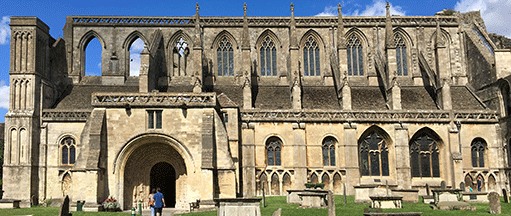|
Timeline
1214: King John was a strong king with a fierce temper, but proved to be a very unpopular monarch, easily offending his Barons. The Barons rebelled and the Magna Carta was signed by the king, giving them the right to fight abuse from the King and also giving concessions to other classes. It meant that the King had to talk to a Council of Barons and Bishops before he made any big decisions. 1216: John died from dysentery on 18th October at Newark Castle, Nottinghamshire, after 17 years on the throne and was buried at Worcester Cathedral, Worcester. He was certainly unpopular with his subjects and he left the kingdom to his nine year old son Henry III ascended to the throne on 28th October at Gloucester Cathedral, Gloucestershire. 1220: Henry III was crowned secondly on 17th May at Westminster Abbey, Middlesex. 1227: Henry III assumed full Sovereignty of his Kingdom at the age of 20. |
It
is not known where, or when, Walter Bayntun (or de Beinton) was born but in
1242-43 he held 1/5 knight's fee in the Tockenham estate of Malmesbury
Abbey, of Humphrey de Bohun V (d 1275), the Second Earl of Hereford,
Constable of England and First Earl of Essex – also known as
The Good Earl of Hereford. Humphrey was a great soldier and played
a major role in the uprising of the Barons against the absolutism
of Henry II. Walter Bayntun also held 1/10 knight's fee of land at Tilshead of the honour of Trowbridge which may have included 62 acres. In feudal Anglo-Norman England and Ireland, a Knight's Fee was a unit measure of land deemed sufficient to support a Knight. Of necessity, it would not only provide sustenance for himself, his family, and servants, but also the means to furnish himself and his retinue with horses and armour to fight for his overlord in battle. Walter Bayntun was succeeded by his eldest son and heir Henry Bayntun |



